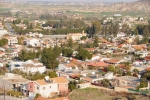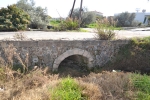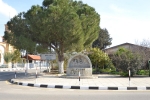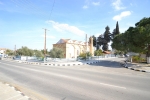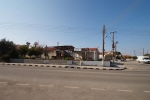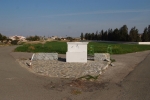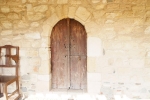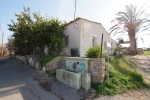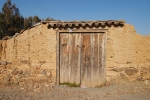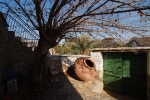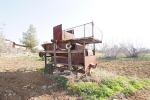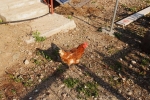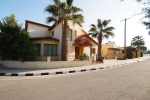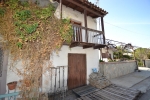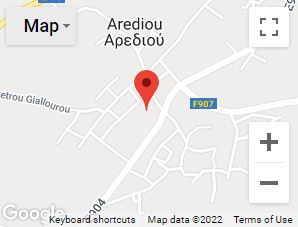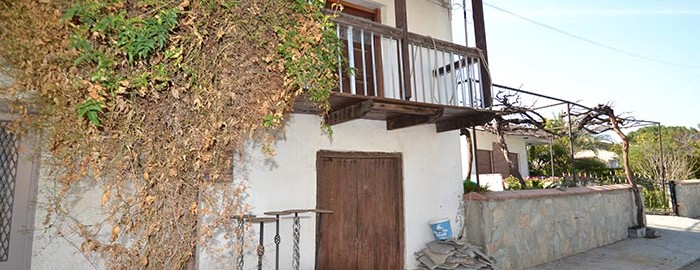
The community of Arediou is located 21 km southeast of the capital city of Nicosia, halfway between Nicosia and Palaechori.
Historical background and naming
The village area, as Giorgos Panagi distinctively states*, has been inhabited ever since the ancient years. In fact, this is proven by the existence of the prehistoric housing and the Mycenaean, Hellenistic and Roman tombs which have been discovered in the area around the village. Karouzis adds that according to Mas Latrie, there used to be a fief in the area during the Lusignan and Venetian periods and that later on, according to Florios Voustronios, it became fief of Joanne D’Arras and Sanson De Nores.
As far as the naming of the village is concerned, Georgios Panagi* presents the following two versions.
- The first version links the naming of the village with the Byzantine name Aretios, the genitive form of which is “Aretiou”.
- Local tradition links the name of the village to Areti, the princess from Tamasos who used to ride her horse in the village and who one day, while on her usual ride, lost her life in an accident. Some claim that she was killed when her horse was startled and threw her off, while others say that she drowned in the river while trying to cross it on her horse.
Population
The course of the population numbers in the community, as these are presented in the table below, has been upward. From 1881 until today the population number has constantly been on the rise. In 1960 the population of Arediou consisted of 265 Greek Cypriots and 90 Turkish Cypriots. Prior to that time and more specifically in 1958, according to the Report compiled on the Community Complex of Agios Ioannis Maloundas and Arediou*, the Turkish Cypriots partly or totally abandoned the village before other people resettled in the area and were included in the census of 1960. According to Georgios Panagi*, however, it is not yet known when the first people settled for the first time.
An important increase in the population was observed after the Turkish invasion of 1974. Three refugee housings were created, two of which are located northwest of Arediou and one in the northeast of the community.
In 2007, based on data presented in a Report for the Community Complex of Agios Ioannis Maloundas and Arediou*, the village was inhabited by 1200 residents, whereas in 2001, according to the census of the Statistical Service, the village had 1082 residents. Actually, the population of the village increases during the summer months when the number of residents rises to 1400. Arediou presents an upward course as far as population numbers are concerned
| Year | Population |
| 1881 | 205 |
| 1946 | 322 |
| 1960 | 355 |
| 1973 | 366 |
| 2001 | 1082 |
and this is linked to the close distance between the Community and Nicosia, the low plot prices and the job opportunities available in both the Community, where people can find employment in some of the small factories located in the area, and Nicosia.
Source*:
Report for the Community Complex of Agios Ioannis Maloundas and Arediou, Preliminary Final Report, May 2007, Consultants, Α.CH. ENVIRO CONSULT- STEPHOS ZACHARIOU-D.C. GEOTECH LTD Consortium.
Giorgos Karouzis, Strolling around Cyprus, Nicosia, City and District, Nicosia 2001
Georgios Panagi, The agricultural residences of the village of Arediou, Nicosia 2010
